by Ashleigh Feltham
Accredited Practising Dietitian and Accredited Nutritionist
Vitamin D is known as the sunshine vitamin and food sources containing this vitamin have often been swept under the carpet. Due to many lifestyle factors, food may play a more important role in giving your body enough vitamin D than previously thought.
Vitamin D plays many roles. Three to highlight are that it is essential because it assists calcium absorption in your body, strengthening your bones and teeth. If you do not get enough calcium, in your diet, then calcium is leeched from the bones, which is linked to an increased risk of osteoporosis.
Secondly, vitamin D also keeps your immune system working well. Having inadequate amounts of vitamin D is linked to an increased risk of acute respiratory infections and some cancer risks like prostate and breast cancer. Thirdly, vitamin D plays an important role in keeping your brain functioning optimally, reducing your risk of depression, cognitive decline and dementia.
Food sources of vitamin D include:
- Fortified food products from cereal, bread, spreads like margarine and butter, milk and plant-based drinks.
- Fish oil.
- Seafood: The entire range available from Safcol Australia provides sources of vitamin D3. Vitamin D3 is the bioavailable form, meaning it is more easily absorbed by your body.
- Egg yolk.
- Mushrooms exposed to UV light: This D2 form which is not as well bioavailable in your body but a good source for those following a plant-based diet.
How much vitamin D do you need each day?
Below is what we call an adequate intake (AI) for Australia and New Zealand. There is no RDI or recommended daily intake as there is not enough research to confirm optimal levels at this stage.
- 0-50 years 5 µg/d
- Adults 51-70 years 10 µg/d
- Adults >70 years 15 µg/d
To achieve your AI through food here are some good food and beverage sources:
- Sardines, canned, 2 sardines 1.2 µg
- Tuna, canned, 85g 1.0 µg
- Trout (rainbow), farmed, cooked, 85g 16.2 µg
- Salmon (sockeye), cooked, 85g 14.2 µg
- Cod liver oil 1 teaspoon 34 µg
- Mushrooms, exposed to UV light, ½ cup 9.2 µg
- Milk, 2% fat, Vit D fortified 1 cup 2.9 µg
- Liver, beef, 85g 1.0 µg
- Cheddar cheese, 28g 0.3 µg
Source: U.S. Department of Agriculture, Agricultural Research Service. Food Data Central 2019
Food sources are the best way to achieve your vitamin D needs. Foods contain a matrix of health benefits beyond simply vitamin D. In addition, foods are also safer in terms of achieving adequate but not excessive amounts of vitamin D, which can occur with supplementation.
Take home message
Vitamin D plays many important roles in keeping your body healthy. Having daily adequate sun exposure in addition to including foods which are good sources of vitamin D are wise practices to keep your body thriving.
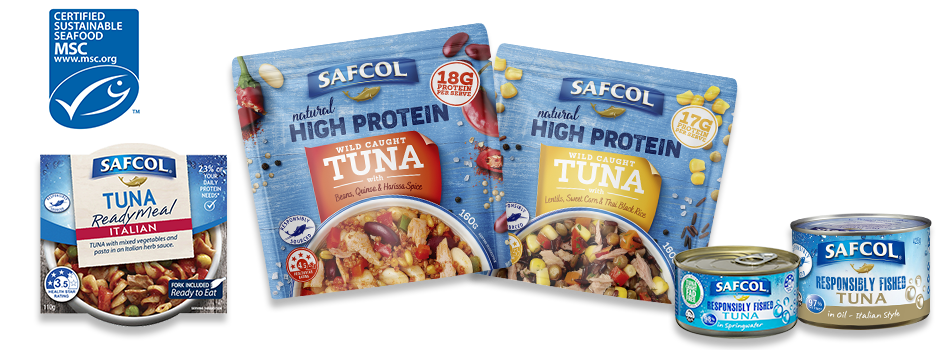
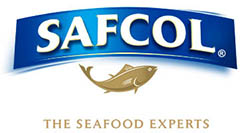
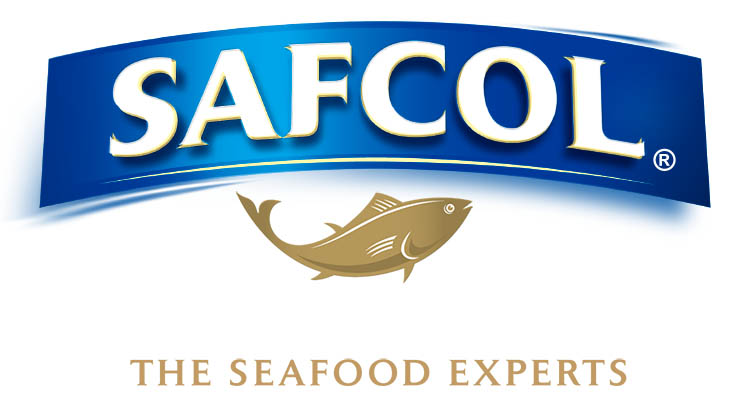
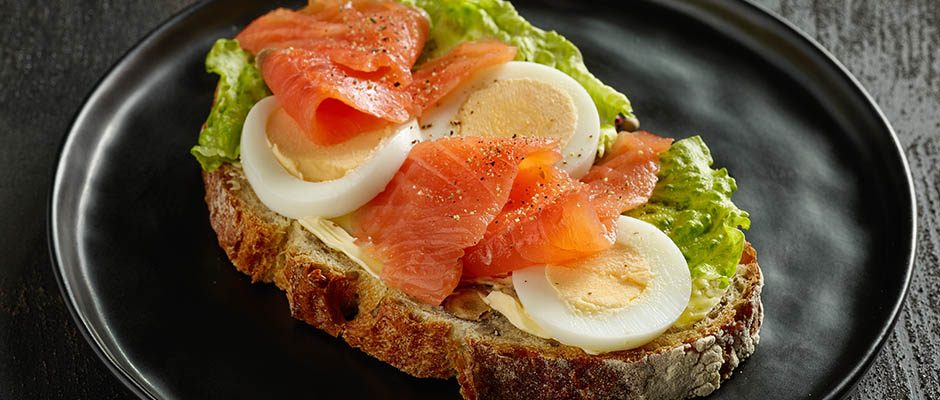





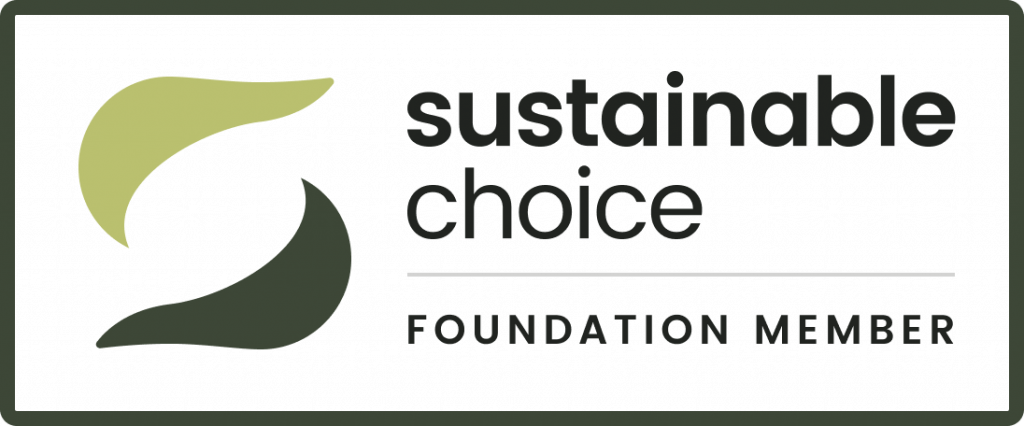
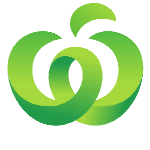

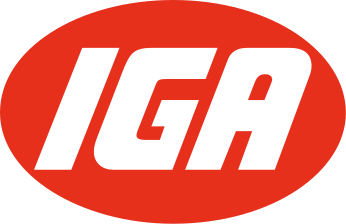


Comments are closed.